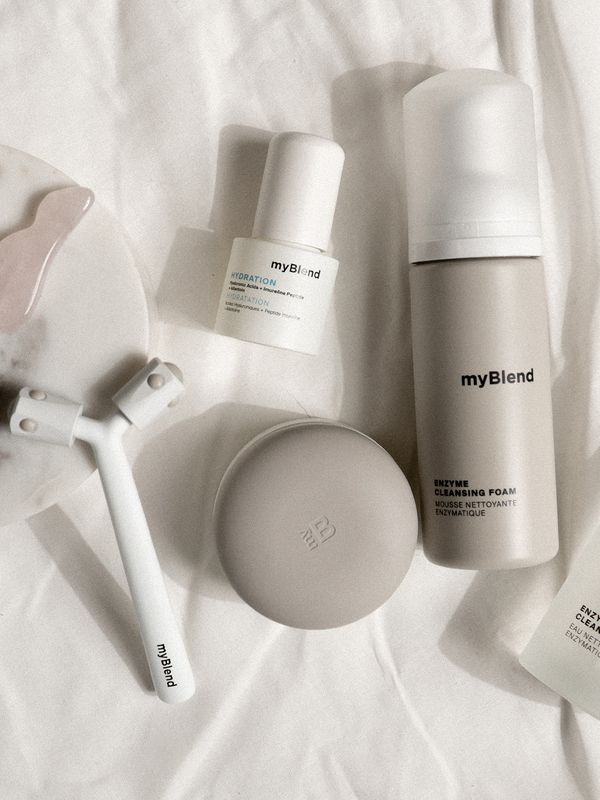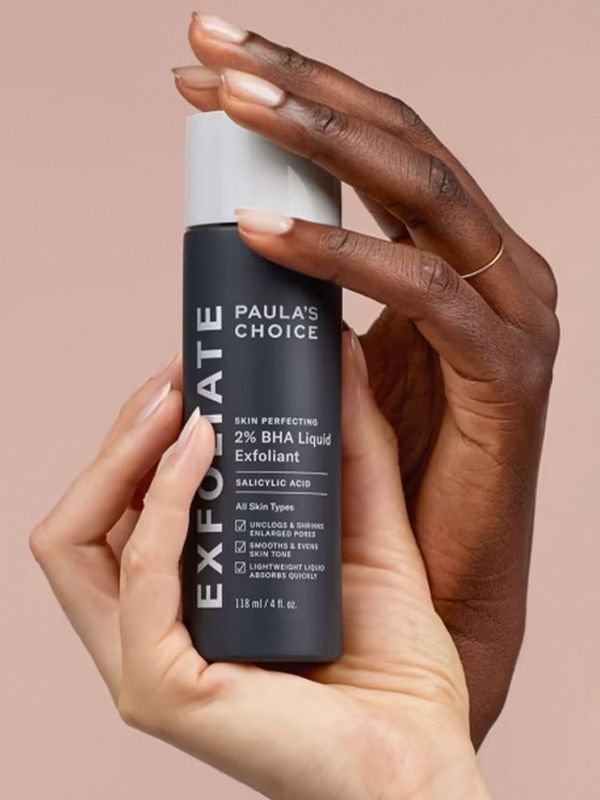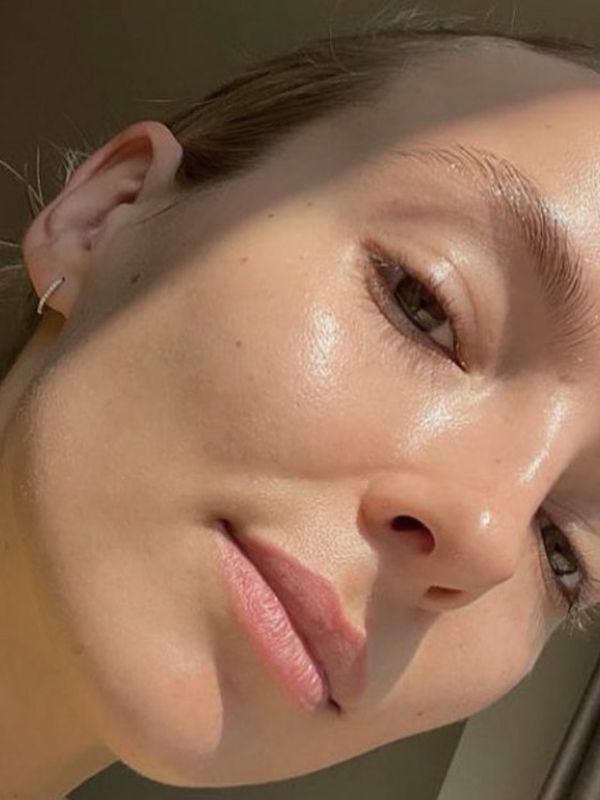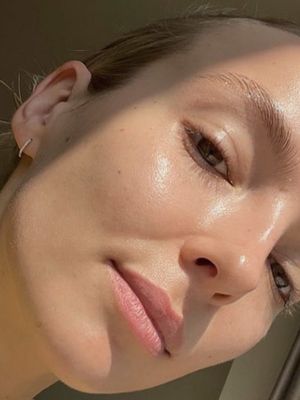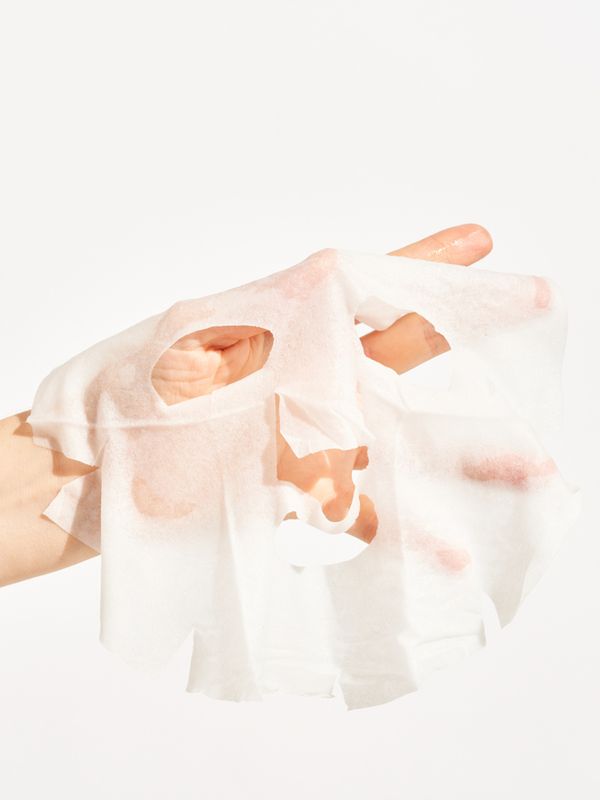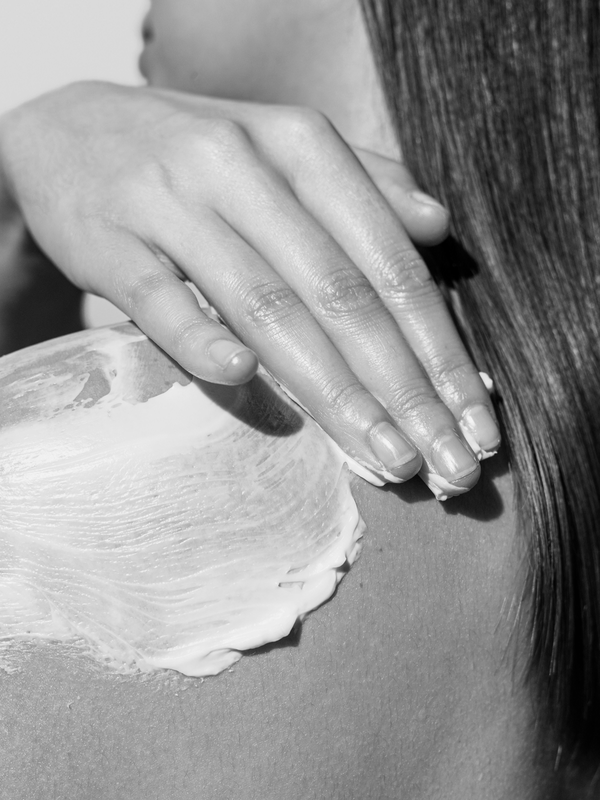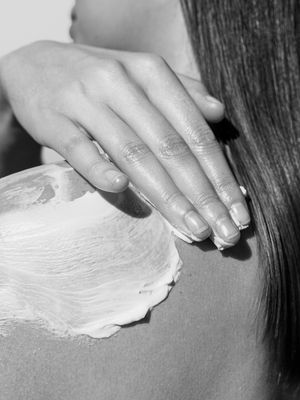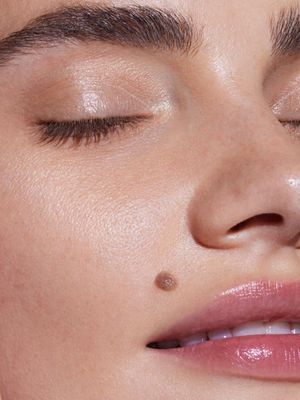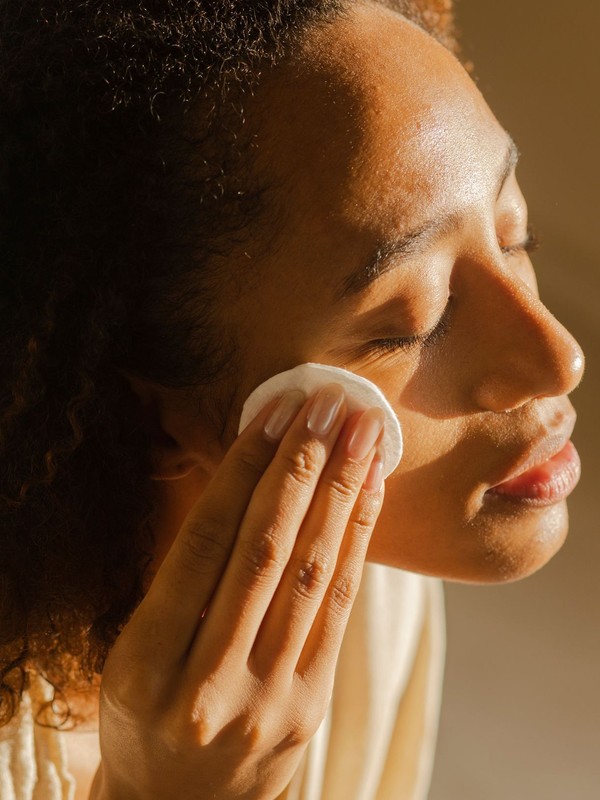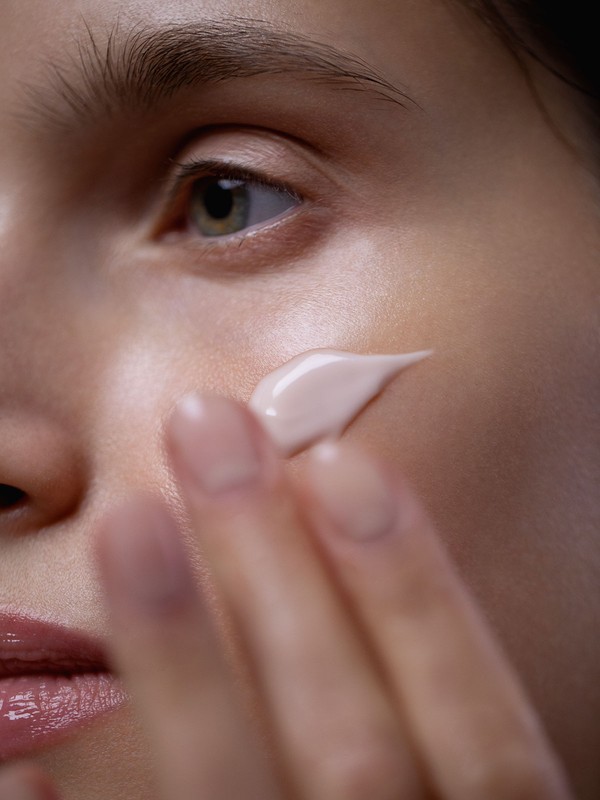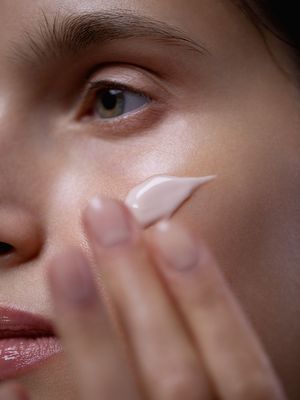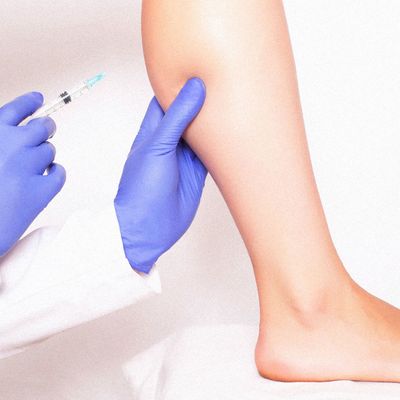
Calf Botox: What It Is & Why It’s So Popular
First, what is calf botox & why is it popular?
“Calf botox is a new treatment that can dramatically improve the size and shape of your lower leg,” explains aesthetic doctor, Dr Vy Nguyen. “When done professionally, it’s deemed safe, simple and effective with minimal side effects, so clients can resume their everyday activities almost immediately post-treatment – hence its popularity. On top of this, botox treatment requires zero anaesthesia in comparison to alternative surgeries, so the whole process is painless and can be completed within minutes.” Dr Wade, medical consultant dermatologist & medical director adds: “Botulinum toxin is injected into the calves, which then works to relax the muscles for a period of time, in turn causing the area to shrink in size – the effects are very smooth, with a contoured appearance.”
Who is eligible for the procedure?
“Most people who seek out calf botox are women with larger muscles in their lower legs – they are also the most eligible,” explains Dr Vy. “Larger muscles and density can be due to a genetic predisposition, excessive exercise, or as a result of wearing high heels regularly. Those that should avoid it entirely are women who are pregnant, breastfeeding, taking certain medications, or anyone with neurological conditions. Always consult with your GP or aesthetic doctor before undertaking treatments like this.”
In terms of efficacy, what makes it so impressive?
“The reason it works so fast is because the toxin is injected directly into your calf muscle, paralysing certain nerves and preventing them from contracting fully,” says consultant surgeon, Mr Allen Rezai. “Over time, as the muscles move less, the leg shrinks and becomes thinner, giving the appearance of slimmer calves.” Dr Wade adds: “While this works temporarily, it’s worth noting that the muscle group in this area will eventually become inactive post-botox, which can potentially enlarge other muscles nearby, leading to a distortion of the leg. Another thing to remember is that our calves are an important muscle when it comes to pumping blood to the heart, so injecting this area could cause fluid retention, having an effect on overall circulation. While these are extreme scenarios, it’s worth having all these points on your radar prior to any treatment.”
What about other imminent side effects – are they common?
“Botox in the calves has very little downtime,” says Dr Vy. “As mentioned above, most people can go back to their normal routine immediately post-treatment. At most, you’ll get some slight swelling and redness, but the downtime is minimal – to some extent, it’s no different to other areas you would typically get botox.”
How can you ensure you’re getting the best & safest results?
“First and foremost, do your research,” insists Dr Vy. Many non-medical clinics – including hairdressers – have started performing botox, but these places can be ill-equipped and not as secure as they should be. Make sure you’re looking for clinics and practitioners who specialise in botox and other aesthetic procedures. Likewise, always have a consultation first to ensure you’re getting the very best for your individual needs – this sounds obvious, but it definitely bears repeating.”
Finally, how many sessions are needed for optimum results?
“Given the calf muscle is large, quite a high dose of botox is required to achieve the effects you’ll be seeking,” finishes Dr Vy. “Dosing will vary according to the person and the size of their leg, but typically, a requirement of 100-150 units of botox will be needed per calf. It can take up to two months for noticeable results and a series of follow-up appointments will be necessary to achieve final results – at least two for long-term results. Finally, as for costing, you’re looking at roughly, £1,400 for both calves, but it varies from clinic-to-clinic. Never go for anything that seems too affordable or you’ll run the risk of botched results.”
Three Of The Best Places To Try Calf Botox…
Pico Clinics, PicoClinics.com
London Clinic Cosmedocs, Cosmedocs.com
The Harley Street Institute, TheHarleyStreet.com
DISCLAIMER: We endeavour to always credit the correct original source of every image we use. If you think a credit may be incorrect, please contact us at info@sheerluxe.com.


